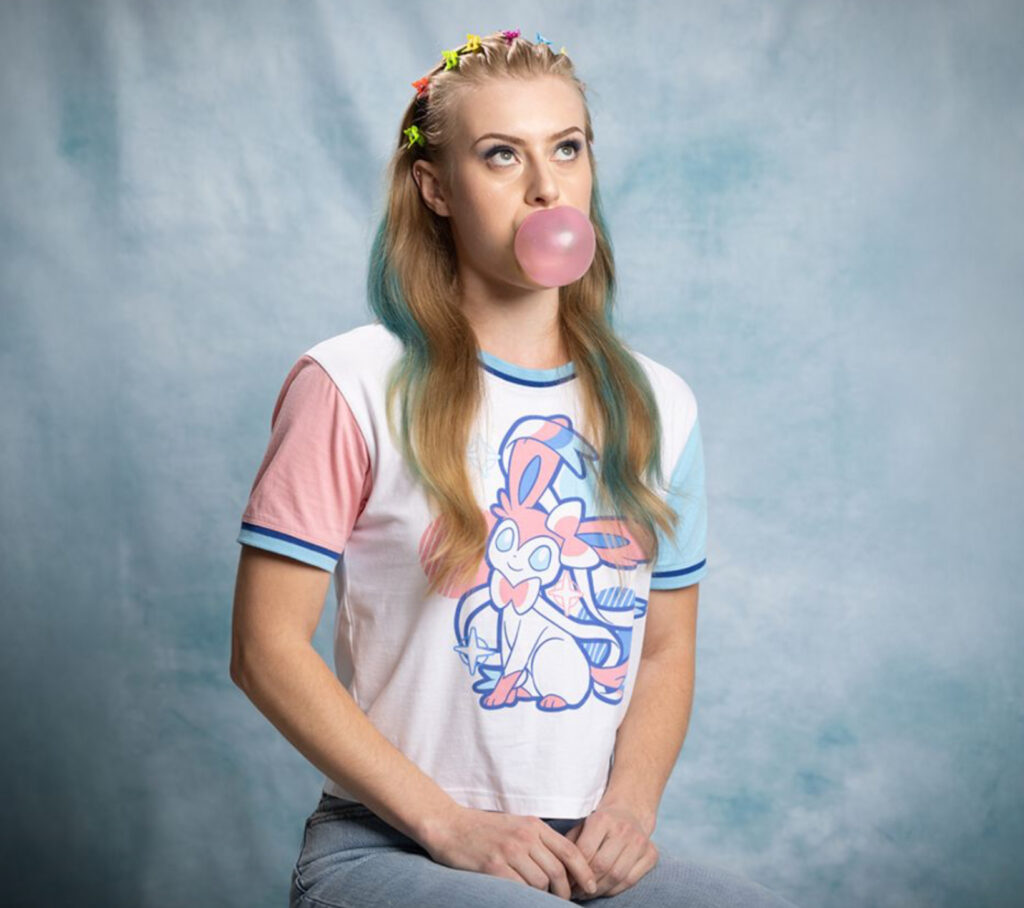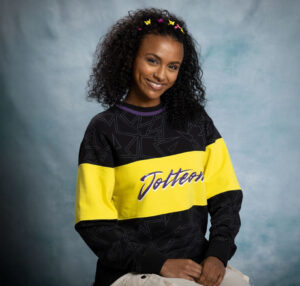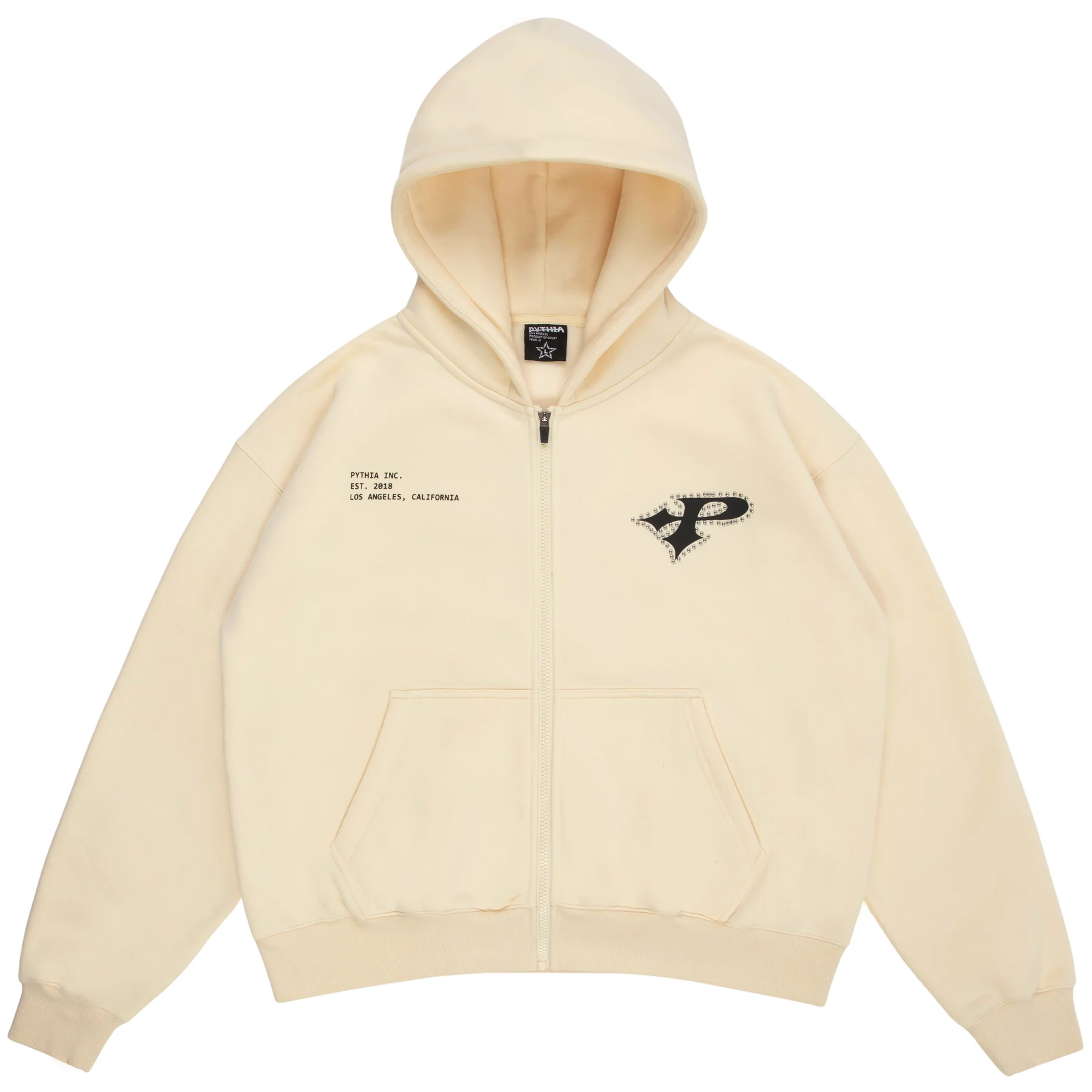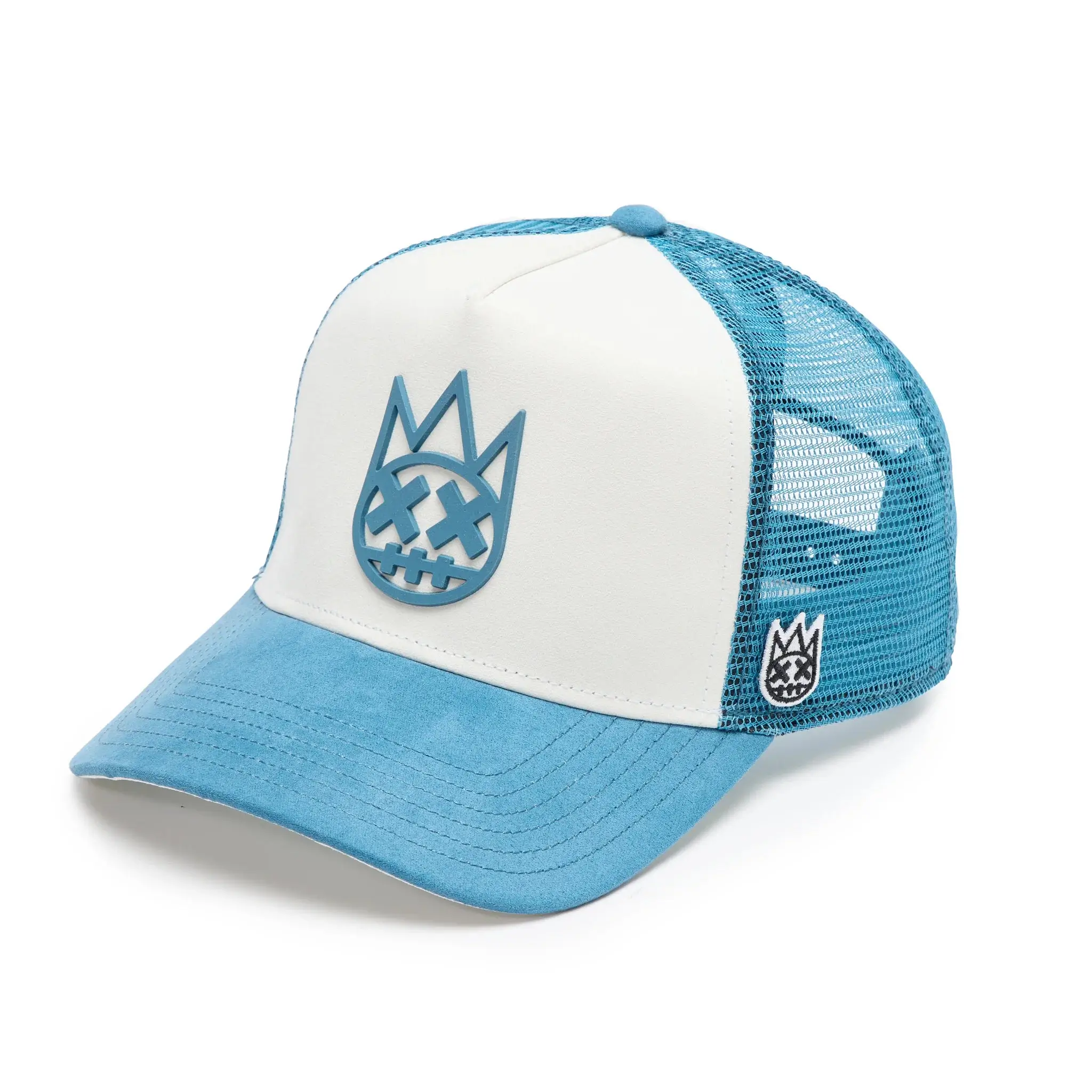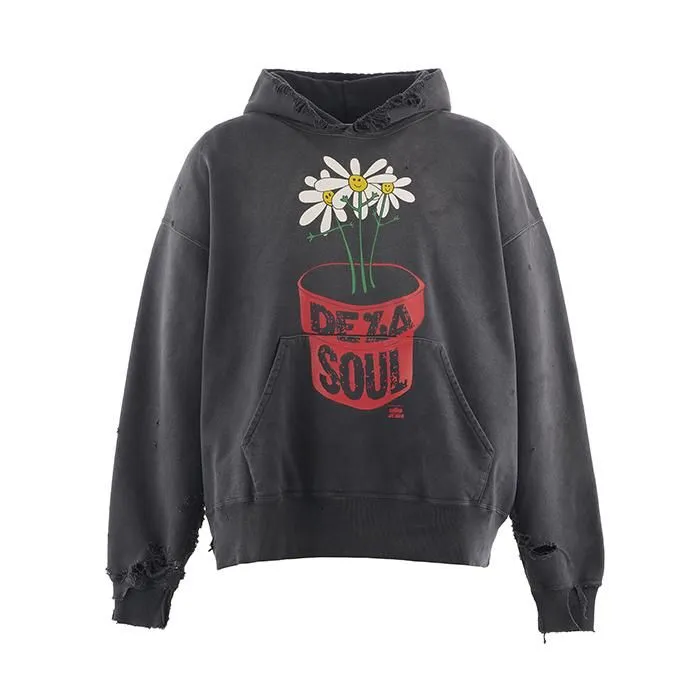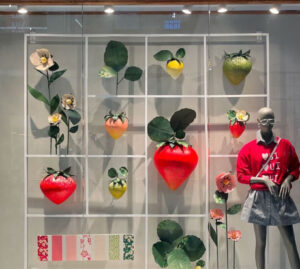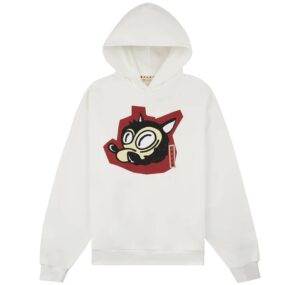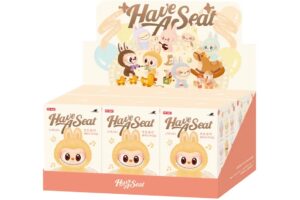In a cultural moment defined by recursive nostalgia and digital reissues of analog sentiment, Pokémon has unveiled a capsule that both honors and reinvents the visual grammar of the 1990s. The newly launched Pokémon x Iconic ‘90s Collection, now live on Pokémon Center Online, is not just a merchandise drop—it’s a sentimental time warp, a lovingly curated gallery of motifs, colors, and archetypes that defined an entire generation’s aesthetic imagination.
From checkerboard patterns to chunky fonts, and from iridescent tech-gear cues to Memphis Group geometries, the collection encapsulates the paradox of ’90s design: both gaudy and streamlined, both futuristic and joyously primitive. In merging this throwback palette with the enduring iconography of Pokémon—Pikachu, Charizard, Snorlax, and beyond—the collection recodes memory as fashion, turning millennial nostalgia into wearable narrative.
This editorial examines the collection as a form of visual culture, situates it within larger retail and design contexts, and interrogates what it means for a franchise like Pokémon to embrace temporal retrofuturism while still evolving in its third decade.
Reformatting the Past: Pokémon’s Nostalgic Renaissance
Since its 1996 debut in Japan, Pokémon has been more than a game—it has become a durable mythos, a cross-generational language that has resisted obsolescence with astonishing success. But as Pokémon approaches its thirtieth anniversary, its custodians have become more conscious of legacy. The Iconic ’90s Collection is the latest gesture in a broader effort to recontextualize the past—not just as lore for hardcore fans, but as style.
This is not the first time Pokémon has leaned into the retro-current. From vintage-styled trading card reprints to pixelated 8-bit tee designs, the franchise has always made room for its own nostalgia. What distinguishes this new capsule is how committed it is to the visual idioms of the era. Rather than evoking the ’90s through one-off gimmicks, it builds a holistic, stylized vision of the decade—down to details like holographic foiling, oversized windbreakers, neon gradients, and grid-paper textures on packaging.
Every item in the line feels like it could have been lifted from the shelves of a 1998 mall, only modernized with Pokémon’s ubiquitous, timeless IP. The result is a hybrid: something that feels both lost in time and sharply contemporary.
Product Spotlight: From Zip-Up Jackets to Analog Dreams
The collection spans a generous range of categories—apparel, accessories, collectibles, and home décor—each filtered through the lens of ‘90s maximalism. Here’s a breakdown of standout entries:
- Colorblock Windbreaker
The pièce de résistance of the collection. Drawing from the vivid athletic gear of 1990s starter jackets and rollerblading culture, the windbreaker features segmented pastel blocks, embroidered Pokémon patches, and a silhouette that swells at the shoulder—clearly a nod to vintage Starter and Fila designs. - Cassette Tape Wallets
Faux-cassette clamshells with Pikachu logos printed in the iconic TDK font style, these accessories are pure throwback candy. Functionally modest, but symbolically rich—an ideal nod to a time when Pokémon was played with Game Boys on long car rides, soundtracked by mixtapes and MTV. - Oversized Graphic Tees
Featuring intentionally distressed prints of Charizard, Jigglypuff, and Team Rocket—these cotton cuts mirror the oversized tees popularized by skate culture and surf brands in the late ’90s. The palettes scream Lisa Frank meets streetwear: hot pinks, sky blues, ultraviolet and slime green. - Slap Bracelets & Holographic Pouches
These accessory throw-ins recall schoolyard trends and sticker-trading subcultures, repackaged for the digital consumer. A Snorlax hologram pouch, for example, fuses the whimsical absurdity of Pokémon with the shimmer of ’90s Trapper Keepers. - Retro Lunchbox Sets
Tin lunchboxes with pixelated art and bold Helvetica-style logos recall the kind of merchandising blitz Pokémon helped pioneer in its early anime days. What’s surprising is how gracefully they reenter contemporary fashion—they look equally viable as collector’s items or ironic handbags.
The genius of the collection lies not in novelty, but in resonance. Each item acts like a key unlocking a vivid memory: of Saturday morning cartoons, of neighborhood Game Link Cable tournaments, of cereal box promos and KB Toys displays. This is emotion by design.
Visual Codes of a Forgotten Future
What makes the aesthetic of the ’90s so compelling—particularly to contemporary designers—is its uneasy relationship with futurism. The decade was obsessed with the millennium: its visuals caught between analog sincerity and digital promise. You see this in the rounded fonts of computer manuals, the pastel-glow interfaces of early software, and the rise of chrome-and-neon graphics in mass-market electronics.
The Pokémon x Iconic ‘90s Collection taps into this tension masterfully. It borrows design language from Game Boy cartridges, CRT monitor UI, and the pastel geometry of Nickelodeon bumpers. This isn’t merely retro—it’s a past vision of the future. And that gives it emotional dimension.
In a way, the entire Pokémon franchise operates on similar principles: digital creatures that represent biological evolution, imagined futures with ancient mythologies. Its hybridized mythology—part science fiction, part pastoral fantasy—is uniquely suited to retrofuturist design.
Thus, when Pokémon returns to the ’90s, it doesn’t regress. It folds time. The collection feels less like a revival and more like a remix, a sampling of cultural memory that makes nostalgia feel like a portal instead of a trap.
Pokémon Center Online: The Mall Reborn
There’s also a digital architecture underpinning this launch that deserves attention. Pokémon Center Online, the exclusive platform for this drop, serves not just as a storefront, but as a reconstructed mall—a platform that mimics the social wonder of physical retail through layout, seasonal drops, and interactivity.
The ’90s were the golden era of mall culture, a place where fandom and fashion collided in food courts and arcade annexes. Pokémon, once a staple of those environments, now rebuilds them virtually. The store layout itself is stylized with vaporwave-like gradients and grid overlays—a soft simulation of the era’s visual clutter.
Moreover, this strategy makes brilliant commercial sense. In limiting the availability to Pokémon Center Online, the brand amplifies desirability, creates urgency, and guides users through a curated nostalgia trip that mirrors the pacing of an in-person shopping experience. Add to this limited stock, randomized bundles, and responsive UI design, and you’ve essentially gamified retail.
Cultural Implications: The Algorithm of Memory
There is something deeply strategic—and perhaps even philosophical—about this launch. In a time when Gen Z and younger millennials are monetizing their own nostalgia through TikTok microtrends, Pokémon positions itself not as a relic but as a platform. It doesn’t just sell the past; it curates it.
This mirrors a wider trend across fashion and entertainment. We’ve seen Barbie reimagined through feminism and Mattel maximalism. We’ve seen Blockbuster turned into Airbnb stays. The past is not just referenced; it’s repackaged, sold, and reexperienced through a knowing lens.
And crucially, Pokémon still owns its history. Unlike franchises that rely on third-party fan labor to sustain relevance, Pokémon commands enough brand equity to author its own memoryscape. That makes the Iconic ‘90s Collection not just a nostalgic play, but a declaration of sovereignty over pop culture itself.
What’s being sold here is more than clothes or toys. It’s time—packaged, pixelated, and ready to ship.
Impression
The Pokémon x Iconic ‘90s Collection is a masterclass in cultural engineering. It reanimates the past not as static kitsch, but as a living archive. It understands its audience not just demographically but emotionally—recognizing that memory, when rendered with authenticity and joy, is as powerful a product as any plush or hoodie.
For longtime fans, it offers a warm re-entry into the innocence of fandom’s early days. For younger buyers, it’s a fashionable lens through which to experience the past for the first time. And for the Pokémon brand itself, it’s a future-looking move that deepens its roots while broadening its branches.
This is not just fashion. It is memory couture.
And in a world oversaturated with drops, reposts, and retro-fetishism, the Pokémon x Iconic ‘90s Collection offers something increasingly rare: sincerity.
No comments yet.

